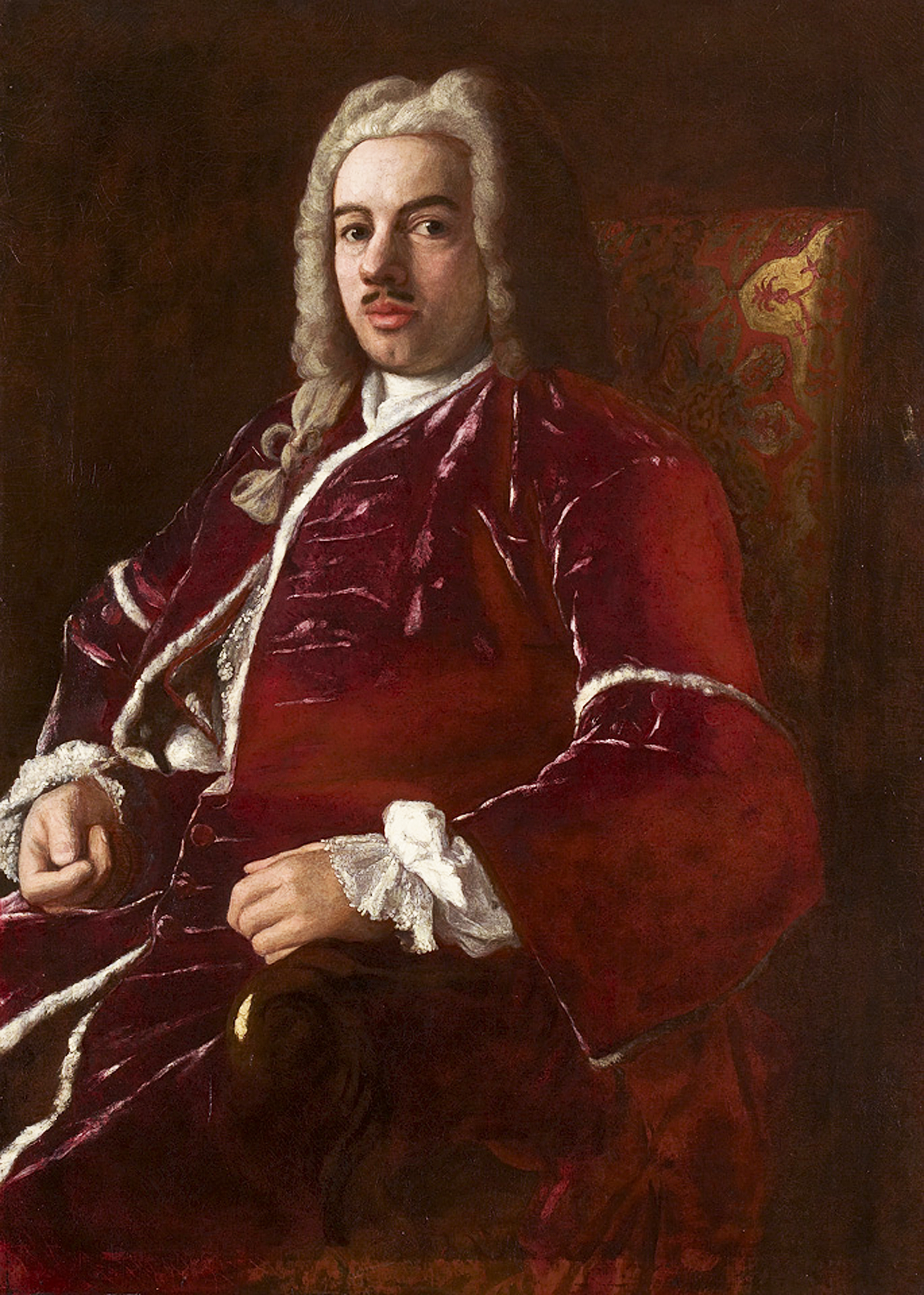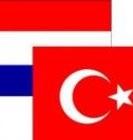An Extraordinary Love
The Story of Beyazgül Hanım and Cornelis Calkoen
Currently there a very few known love stories between Dutch and Turkish people, the phenomenon however is nothing new. As far as the time of Dutch ambassador Cornelis Calkoen (1726 – 1730) Dutch-Turkish love stories were a fact.
The best story is about the single Cornelis Calkoen himself. Calkoen arrived to the Ottoman capital of İstanbul in 1726 and almost immediately won the hearts of the Ottoman diplomats with his extravagant presents. For example, Calkoen brought Sultan Ahmet III (1703-1730) velvet, something what was still unknown in the Ottoman Empire.[1]
But Calkoen also lived his private life like a modern day playboy, more than a dozen local women fell for his charms. Many of them were court ladies at the Topkapı Palace and were of diverse heritage like Slavic, Caucasian and Middle Eastern. Threw these women, who gave Calkoen a lot of vital information concerning the Ottoman affairs, the Dutch ambassador was able to maximize his relation with the Ottoman sultan. It is thanks to this that Calkoen was one of the most successful diplomats of the Republic of The Seven United Netherlands (now: The Netherlands) and was stationed in İstanbul for an incredible eighteen years.

A turning point in his life came with his encounter with the beautiful and in current times legendary Beyazgül Hanım (literary: Miss White Rose). An intimate relationship between Calkoen and Beyazgül soon followed. Their love, although forbidden and certainly not only physical, became known in those days as ‘the ultimate love’; an early modern version of Romeo and Juliet. Although their relationship was forbidden, it was condoned by their religious Ottoman surroundings and Beyazgül seemed to be accepted as Calkoen’s mistress. Beyazgül was even depicted on Calkoen’s snuff box; a richly with gold and diamantes decorated box that every wealthy and powerful man carried with him in the eighteenth century.[2]
In Ottoman chronicles Beyazgül is referred to as “a released slave woman from Circassia or Montenegro”, which would make her Armenian or Slavic. It is quite probable that Beyazgül was released because of her strong feelings of love for Calkoen, which couldn’t not be ignored any longer. But however strong their love was, it couldn’t prevent the reality when Calkoen was called to The Hague in the Netherlands for debriefing. Calkoen promised his beloved Beyazgül that he would return for her and asked her to wait for him.
The events however, took a turn for the worst; Calkoen’s journey from İstanbul to the Netherlands took seven months and after his arrival in The Hague Calkoen was appointed ambassador to France. Knowing that his appointment as Dutch ambassador to France would only prolonged his absence from Beyazgül, Calkoen kindly declined the offer and asked to be reappointed to İstanbul. Calkoen was even willing to accept a lower function, so long it was in the Ottoman Empire. The States-General of the Netherlands eventually agreed with reappointing Calkoen to İstanbul so long as Calkoen first went to the Polish city of Dresden for a temporary appointment.
Calkoen had no other choice than to accept this arrangement in order to be reunited with Beyazgül. Calkoen unwillingly left for Dresden but encountered more setbacks. Soon after his arrival his temporary appointment in Poland was turned in a longer stay. Only in 1761, more than seventeen years after his leave from İstanbul, Calkoen was recalled to the Netherlands and shortly after in 1763 reappointed as ambassador in İstanbul. Being loyal to his Beyazgül, Calkoen remained unmarried and childless tot this point. Just as Calkoen was about to set seal for İstanbul, he suddenly died at age 67.
Beyazgül never received word of his death and desperately waited at the gates of the Dutch embassy in İstanbul (Palais de Hollande). She eventually died at the gates of the embassy from a broken heart due to her idea that Calkoen had forgotten about her and didn’t want to return. Nobody dared to tell her about the death of Calkoen, but after her death a statue appeared of a sleeping Beyazgül at the very place were died waiting for Calkoen.

Beyazgül’s statue is currently still there in the garden of Palais de Hollande in İstanbul, but has acquired a bad taste for later Dutch ambassadors and consuls. The legend that Beyazgül is still waiting for Calkoen and visits every newly appointed Dutch ambassador and consul to see i fit is her Calkoen. A (former) Dutch consul, who choose to remain unknown, claimed to see the ghost of Beyazgül at his bedside. His story was backed by an other former Dutch consul, Jan Giesen and his wife Corrie: “We are very down to earth people and don’t believe in these things. But still, sometimes we did hear noises at night while staying at Palais de Hollande in İstanbul. Noises that sounded like footsteps. We also saw doors being opened or things being moved along with the piano hood being open…”[3]
So the legendary love between Calkoen and Beyazgül ended, like so many other historic love stories, in just the opposite of ‘a happily ever after’.
Armand Sağ
March 29, 2010
© Armand Sağ 2010
|


